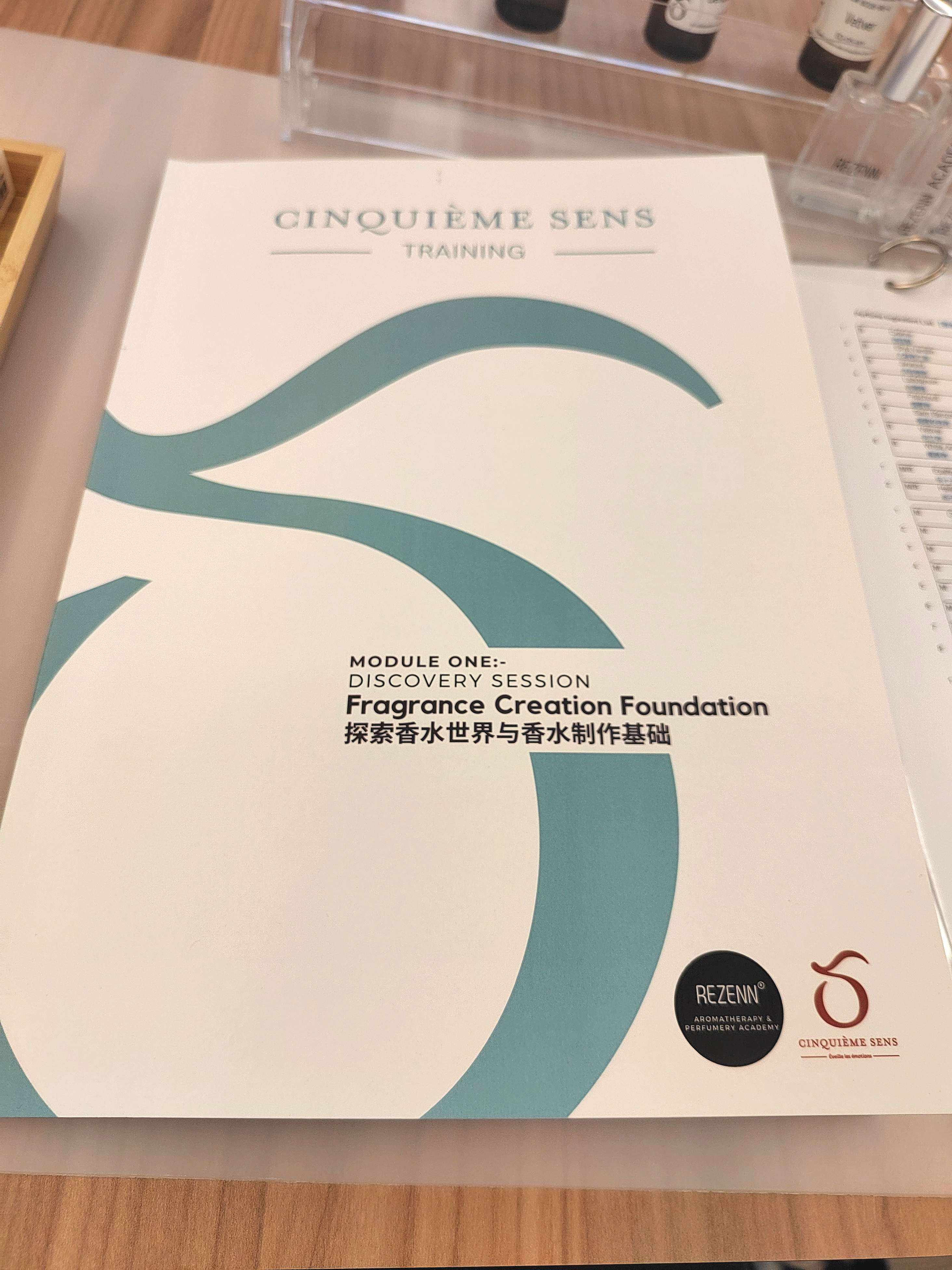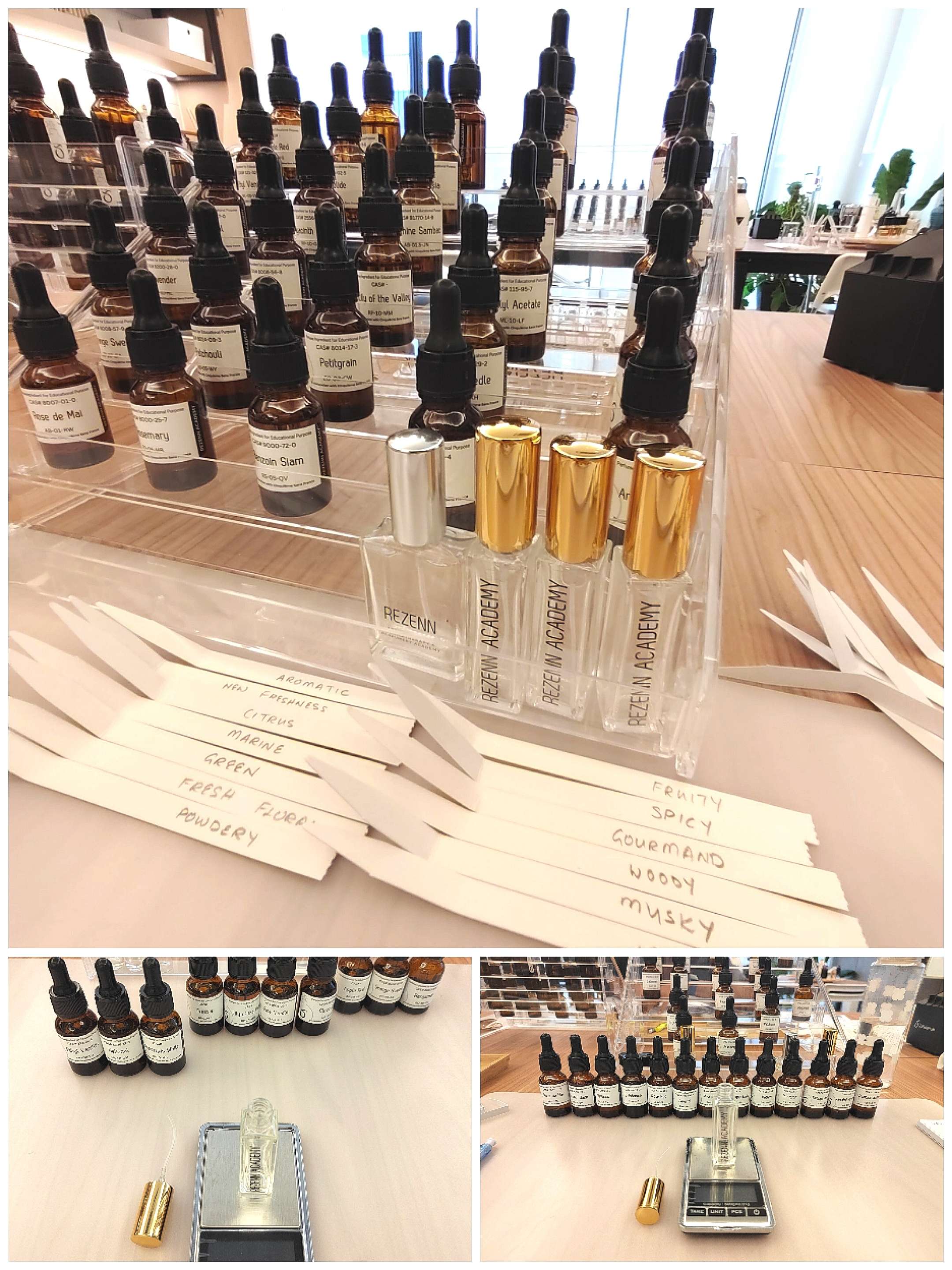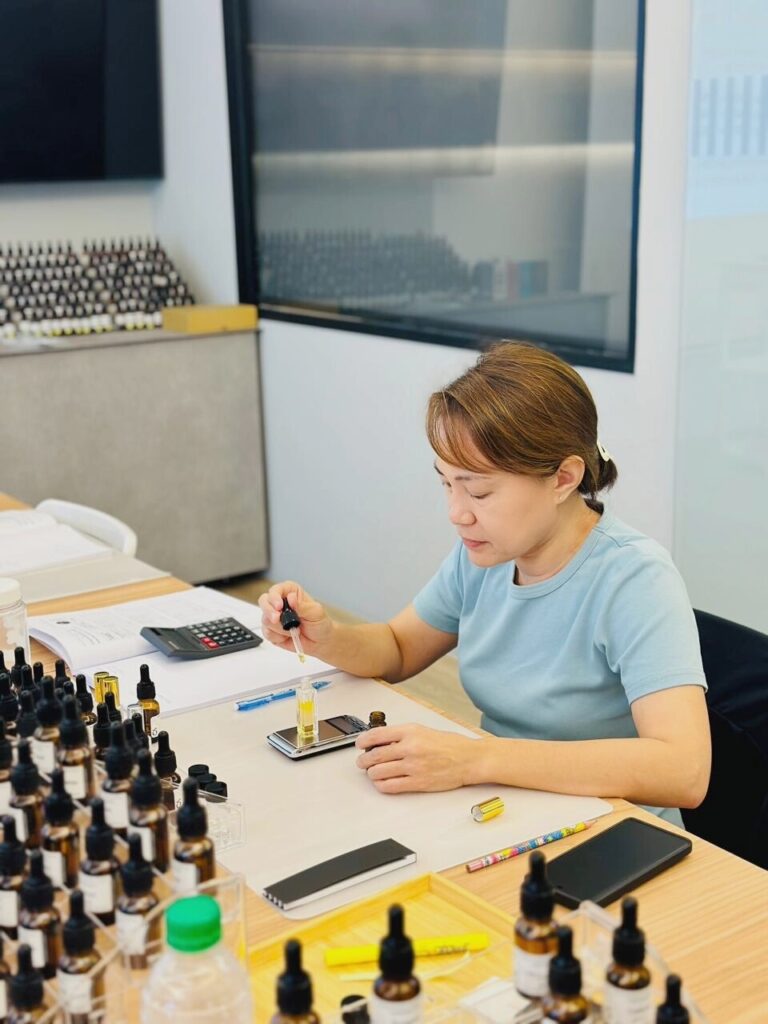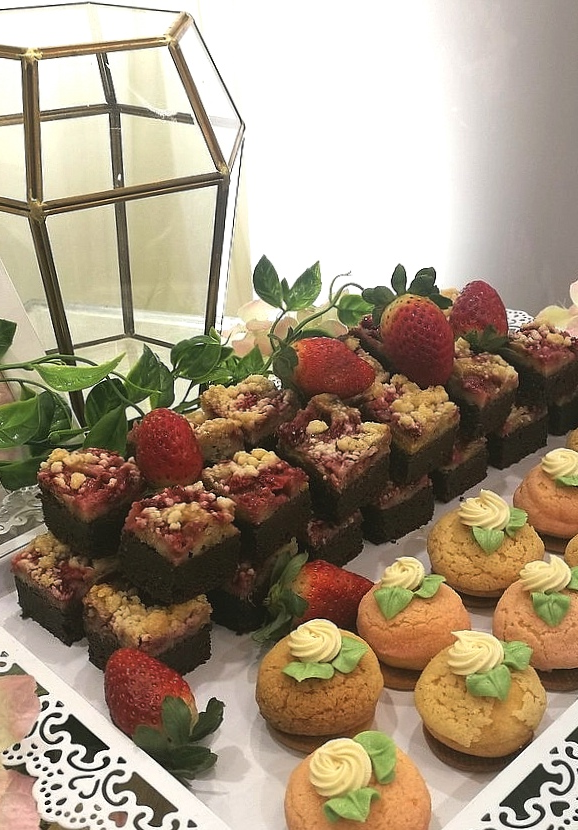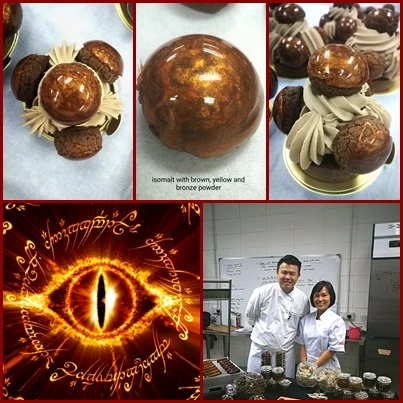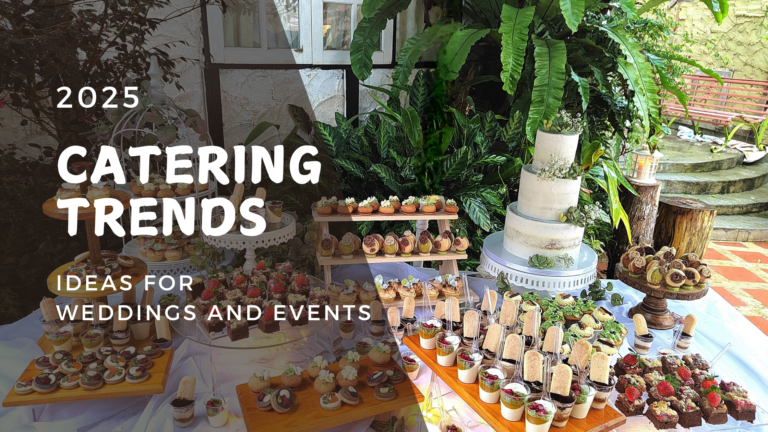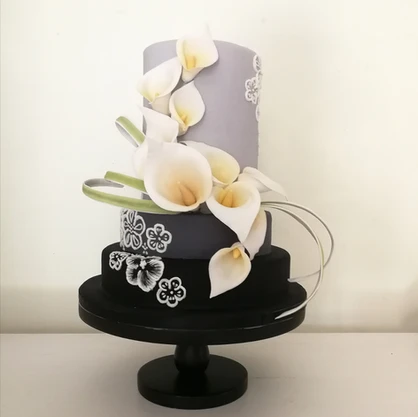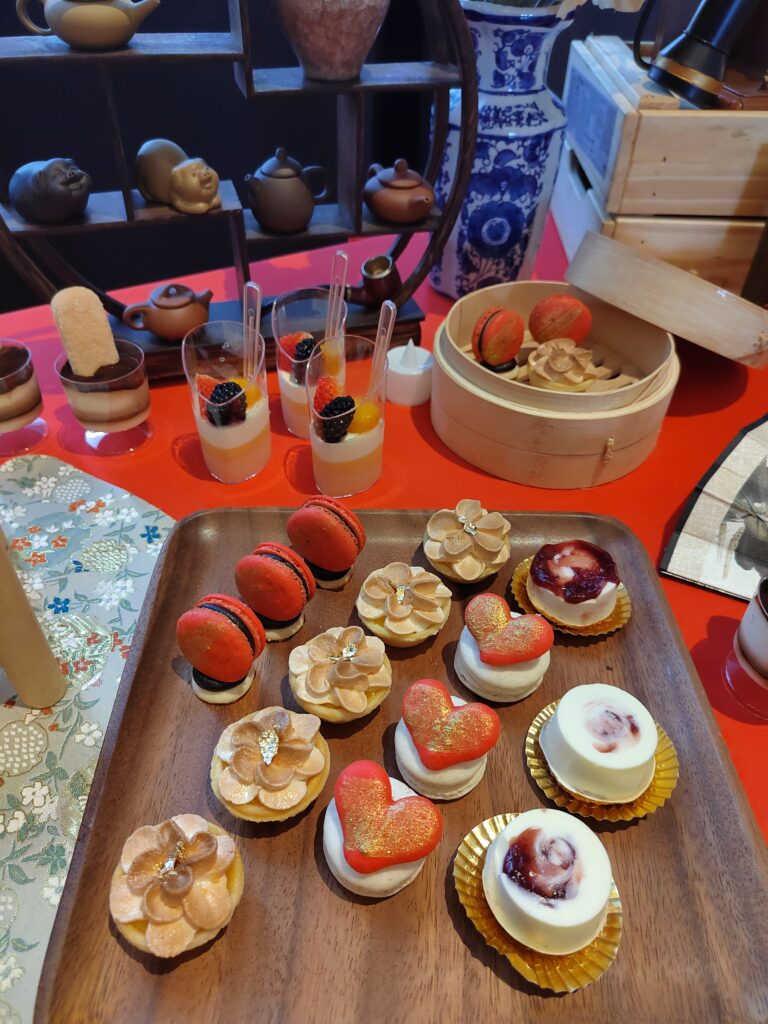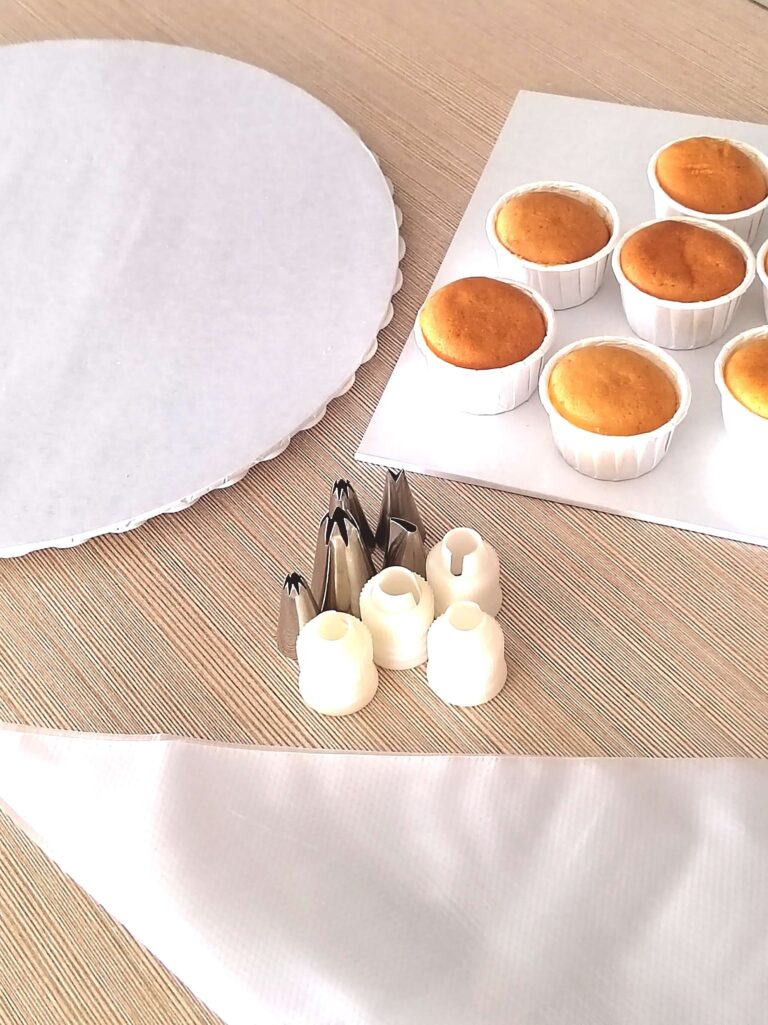Enhancing the Brand by Creating Unique Olfactory Sensory
Olfactory is a term describing our sense of smell. Olfactory nerve connects the sense of smell to our brain. A holistic guest experience is created by engaging the five senses; sight, sound, touch, taste and smell. For example, there are fragrances created to enhance the smell of baked goods for a bakery in a shopping mall. These fragrances created are not to be used directly on food, but onto the environment around where food are served. It can be a distinct aroma created just for a particular brand so that guests are reminded of the brand whenever in the vincinity. For example, the Famous Amos brand of cookies.
Fragrance Creation Foundation by Rezenn Academy
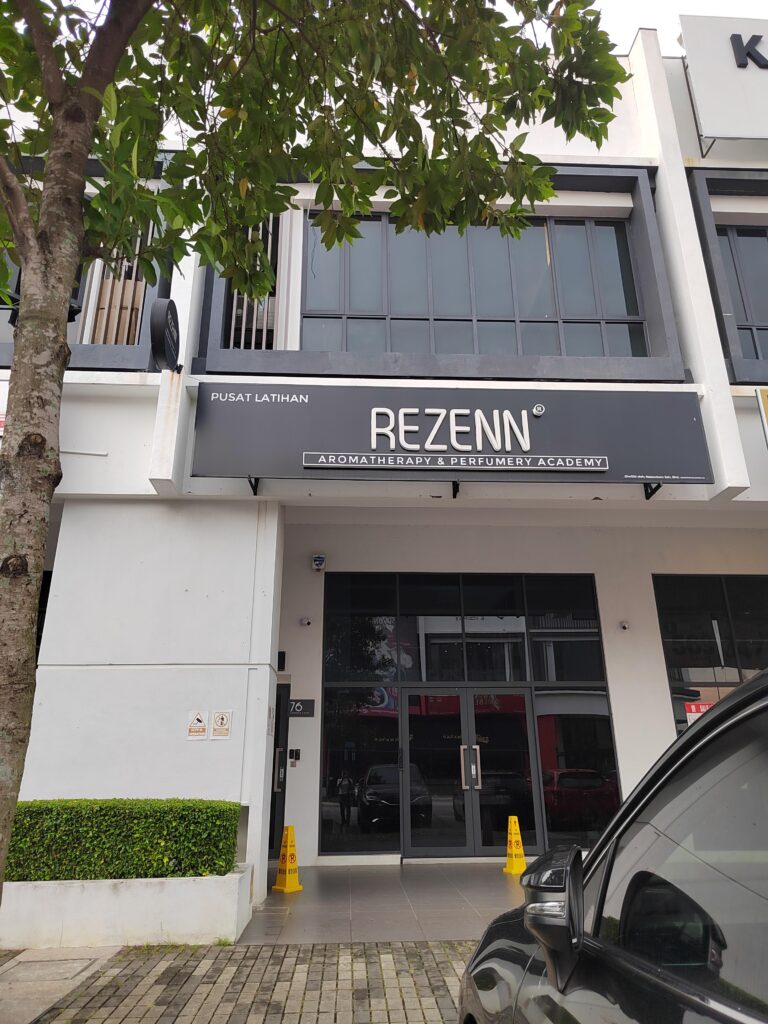
Enrolling in a course at Rezenn Aromatherapy and Perfumary Academy is to explore outside the norm of cake skill upgrading.
From F&B industry to F&F (Flavour and Fragrance) industry.
A two-day Fragrance Creation Foundation course is a mix of theory and practical, and at the end you will be able to identify aromas, terms describing them, their categories and be able to create and bottle your own perfume using formulas.
Course Outline
Meet Joey Teoh, our Instructor who is an aromatherapist and fragrance designer, also Managing Director for Rezenn Academy. We are introduced to Cinquieme Sens the company behind the training programme, and the Flavour & Fragrance Industry as a whole worldwide. Then came all the names, terms and classifications which you really need to know if you want to deep dive into the industry and speak the lingo.
The fun part is sniffing all the ingredients* and knowing which facet they belong to. There’s even a method of sniffing, much like there’s a method of wine tasting. We snifted through 30 ingredients* and a variety of commercial perfumes. That’s really a lot for one who mostly uses her nose for breathing. Haha!
Lastly, each of us created 2 of our own perfumes using 2 different formulas and bottled them. It is interesting to know that by using the formulas, a perfume can be accurately bottled without any wastage and can be replicated.
Overall, I found that orange citrus dominates the citrus facet (Bergamot, Mandarin, Orange) and they are the easiest to identify. My favourite is Lily of the Valley under the fresh floral facet. Marine and Green are all time favourites for their freshness.
* term used for raw materials which essential oil is the only one that could be food-grade. Whether an essential oil is food-grade would depend on whether it is FDA approved for consumption. Care must be taken to read lables. Do not consume if it reads Not For Internal Use. Most of them states 100% pure, best is to buy from a reputable brand.
Concluding the Course
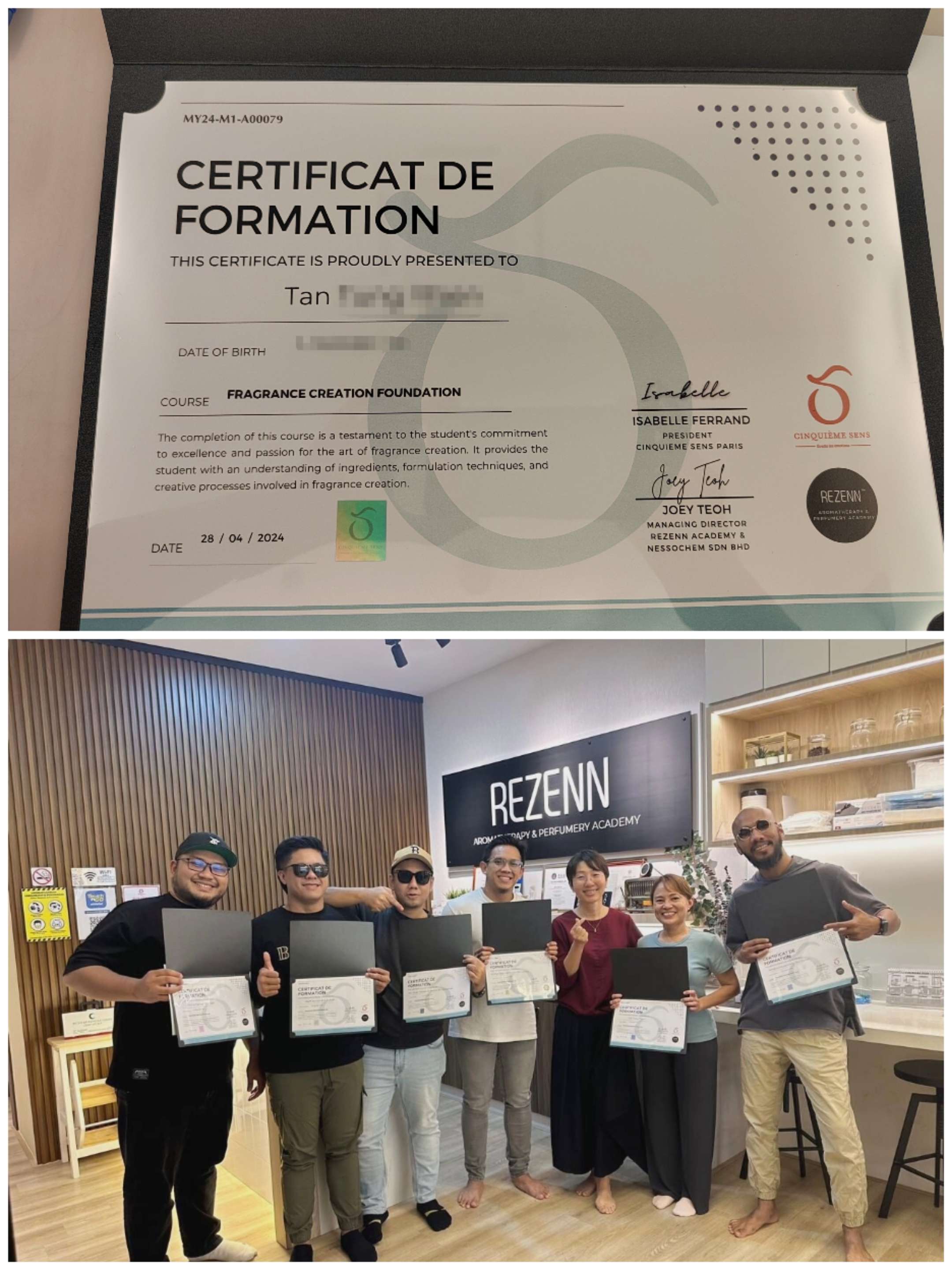
We get a Certificat de Formation from Cinquieme Sens and Rezenn Academy. Another official certificate for my collection!
Together with me are a group of friends on their mission to create their own brand of fragrance for retail. They have since steup their own lab and marketing under Opai Movement.
Food-grade Essential Oils
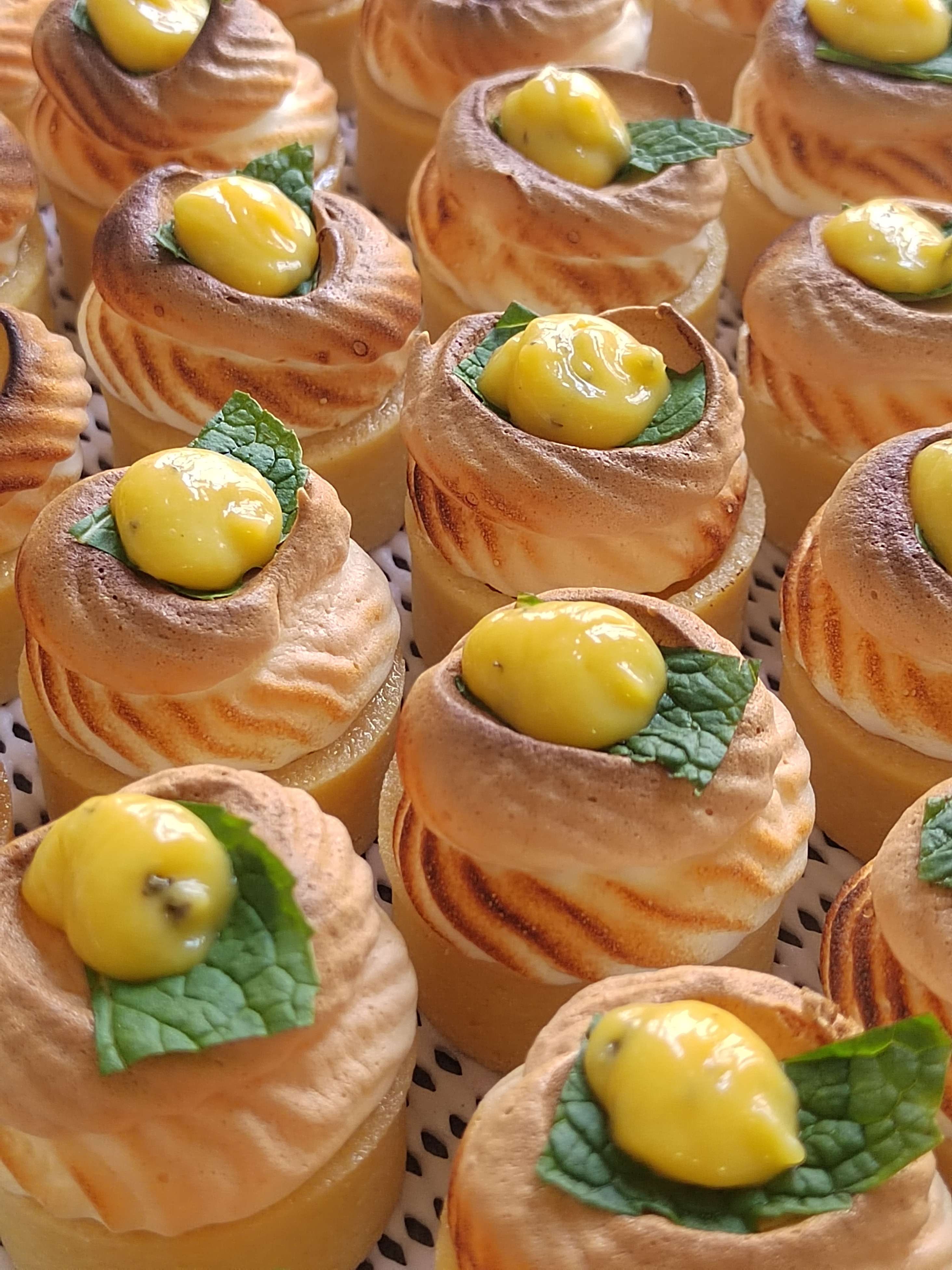
Food-grade essential oils can be used to subtly enhance teas, jam and jellies, baked goods, sauces, and etc. Normally just one drop is sufficient and added towards the end of cooking time for cooked foods.
My latest Lemon Meringue Tartlets has mint leaf mixed into lemon curd. Fresh minty flavour with slight bitterness amidst the sweet sour tangy lemon, with fluffy meringue and pastry for the bite. The garnish on top reflects the inside, of course it is insufficient to create any smell. You have to eat it for the flavour to come up from the throat to the back of your nose. They are after all connected. With essential oils, you would be able to have a whiff of the food before eating it.
I am still sourcing for a good supply of food-grade essential oils for more experiments, not limiting to desserts.
Will update soon!
